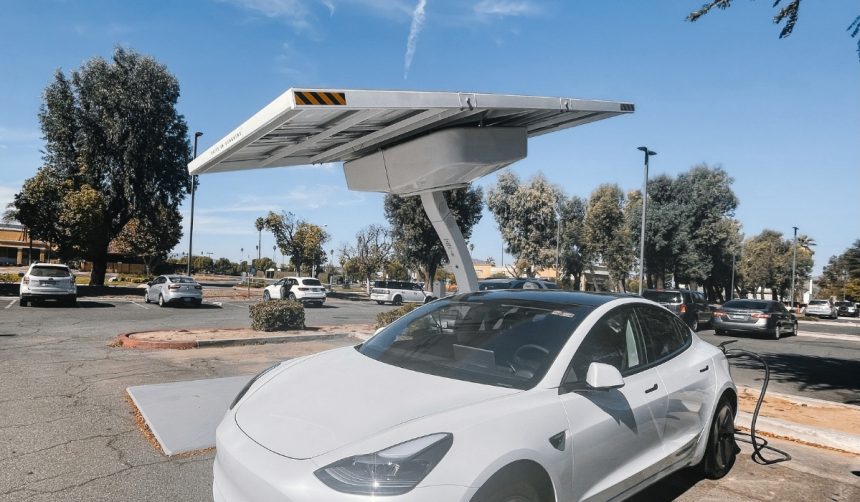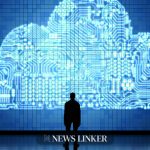Efforts to advance self-driving ride-hailing services are intensifying in Northern California, as Tesla expands its presence with a sizable new pilot project. The rollout arrives amidst growing consumer interest in autonomous transportation options and follows previous tests conducted in Austin, Texas. Tesla has indicated an intent to broaden its service quickly, signaling an increased commitment to commercializing its Full Self-Driving (FSD) technology. Residents in the Bay Area may soon notice a greater frequency of Tesla vehicles carrying out autonomous rides, although safety drivers remain a mandatory part of operations. Anticipation around these services is driven not only by technological progress but also by regulatory guidance, as discussions continue over terminology and safety expectations.
Earlier announcements regarding autonomous ride-hailing by Tesla mainly focused on developments in Austin, where service areas were initially smaller and labeled explicitly as Robotaxi pilots. The current Bay Area initiative distinguishes itself through its vast coverage—encompassing up to 65 miles in the geofenced zone—and by adhering to state language constraints, avoiding the terms “taxi” and “cab”. The inclusion of safety drivers in California’s pilot mirrors broader industry trends in managing operational risks while scaling up automated vehicle programs. Progress in expanding the operational fleet and service area contrasts with the slower pace seen in initial Rollouts elsewhere. Reports from both regions highlight adjustments to operational models and compliance practices as Tesla seeks broader adoption of its FSD platform in larger markets.
What Does the Bay Area Pilot Include?
Tesla’s Bay Area pilot involves customer-accessible autonomous ride-hailing, with each trip overseen by a safety driver. This operational model covers a significantly larger area than Tesla’s previous tests in Austin, granting customers the ability to travel up to 65 miles across the geofenced region. Distancing itself from traditional taxi services, the company has been cautious with its branding and public communications.
“We are working as quickly as possible to get 100+ Teslas operating for autonomous ride-hailing in the Bay Area and allow anyone to request a ride,”
declared Elon Musk on social media. Compliance with state regulations around service labeling remains a central consideration in Tesla’s deployment strategy.
How is Tesla Approaching Regulatory Requirements?
In response to California’s restrictions, Tesla’s language around the pilot purposefully omits references to “taxi” or “cab.” Instead, the focus has shifted to describing the pilot as an autonomous ride-hailing service. By maintaining a human safety operator behind the wheel, Tesla addresses both regulatory requirements and public concerns related to safety. These measures demonstrate the company’s ongoing engagement with state authorities and highlight the complexity of earning public trust for wider autonomous vehicle use.
“We have to be careful not to use the words ‘taxi’ or ‘cab’ in California to describe our current pilot,”
Musk commented in a recent update, underscoring the nuanced regulatory environment.
What Does the Fleet Expansion Entail?
Tesla is moving to expand its fleet in the Bay Area rapidly, targeting over 100 vehicles in operation. The company aims to make the service accessible to a broader local customer base in the near term, with increasing fleet numbers indicating intensified trial and data collection efforts. Observers anticipate that, as fleet size grows, the company will fine-tune system performance and customer experience. Meanwhile, the Austin pilot has experienced a gradual increase in operational area, suggesting a parallel strategic approach in multiple regional markets. The service’s visibility on public roads is expected to rise as more vehicles and customers participate in the pilot.
While this Bay Area initiative reflects a bolder step, it highlights technological, operational, and regulatory considerations that define the advancement of autonomous mobility services. Metrics such as range, ride accessibility, and adherence to safety protocols will be watched by both industry stakeholders and authorities as Tesla gathers further operational data. For consumers and observers alike, understanding the difference between autonomous pilots and fully commercial services remains essential, especially given the inclusion of safety drivers and ongoing regulatory discussions. Those interested in the future of urban transportation should focus on how operational scale, state guidance, and consumer acceptance interact in projects like Tesla’s, as these factors will shape the speed and success of autonomous ride-hailing deployments moving forward.










